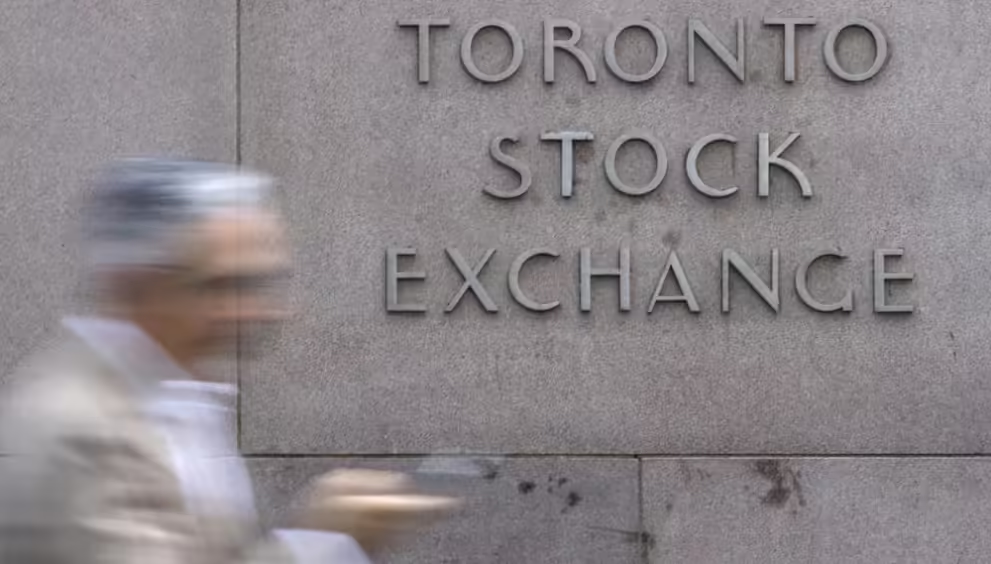Canada’s TSX surges 17.8% YTD in 2025, leading global developed market indexes.
In 2025, Canada’s S&P/TSX Composite Index has emerged as the star performer among developed markets, delivering year-to-date gains of nearly 18% as of September. While U.S. equities like the S&P 500 have struggled to hold ground, the TSX has surged on the back of commodity strength, attractive dividends, and favorable monetary policy. This outperformance has put Canadian equities firmly on the global investor radar, positioning the TSX as a market worth watching as trade tensions, interest rate shifts, and commodity cycles continue to reshape the financial landscape.
Commodities and Dividends: The Twin Engines of TSX
One of the key reasons behind the TSX’s standout rally is its sector composition. Unlike the tech-heavy S&P 500, the TSX is dominated by materials, energy, and financials, making it structurally aligned with commodity cycles. Rising prices of gold, lithium, copper, and oil have supercharged Canadian miners and energy firms, contributing disproportionately to index performance.
But it isn’t just commodities that make the TSX attractive. The index boasts an average dividend yield of about 3%, nearly double that of U.S. peers. For investors seeking stability and cash flow, especially in a volatile global environment, this yield acts as a cushion against market corrections. Combined with its diversified exposure, less concentrated in mega-cap tech, the TSX offers a balance of growth potential and resilience, making it structurally appealing to both domestic and global investors.
Rate Cuts, Trade Resilience, and Relative Outperformance
The Bank of Canada (BoC) has become a key market driver in 2025. Holding its overnight rate at 2.75%, the central bank has signaled that at least two cuts are possible by year-end, potentially lowering rates to 2.25%. Historically, Canadian equities have tended to outperform cash and bonds in the year following a rate cut, as cheaper borrowing fuels corporate profits and investor sentiment. Sectors like banking, housing, and consumer spending could see a direct lift from easing monetary policy.
Meanwhile, the TSX has shown resilience even in the face of U.S. tariff volatility. With its reliance on commodities rather than concentrated tech, Canadian equities have acted as a hedge against trade tensions. Global investors rotating away from U.S. uncertainty have found Canadian markets a relatively stable bet. In fact, in 2025 so far, Canadian equities have outpaced the U.S. on a relative basis, highlighting their defensive yet opportunistic positioning.
Risks: Trade Wars, Macro Fragility, and Momentum Fatigue
Despite its impressive run, the TSX is not without risks. The most immediate challenge is U.S. tariffs on Canadian steel, aluminum, and autos, which could dampen export earnings if negotiations stall. With Canada’s economy deeply tied to cross-border trade, any escalation could spill into earnings and investor confidence.
Domestically, the macro picture shows cracks. Canada’s GDP contracted by -0.4% in a recent quarter, while unemployment ticked up to 6.9%, suggesting underlying stress in the economy. Real estate, already stretched, could face added pressure if growth slows more than expected. Analysts are also cautious: a Reuters poll forecasts only ~2–3% further upside by year-end, with a correction risk of up to 10% if momentum cools.
Still, much depends on whether BoC delivers rate cuts and whether commodity demand holds. If those tailwinds continue, the TSX may keep outperforming global peers, but volatility is likely to rise as investors grapple with shifting trade and economic conditions.
Conclusion
The TSX Composite Index has become 2025’s top-performing developed-market benchmark, up nearly 18% year-to-date. Powered by commodities and dividends, reinforced by rate-cut optimism, and resilient against trade shocks, Canada’s equity market offers a differentiated investment case compared to its global peers. Yet, risks from tariffs, slowing growth, and stretched valuations loom large.
For investors, the takeaway is clear: the TSX is not just riding a lucky streak, it’s structurally positioned to benefit from global commodity cycles and domestic monetary easing. But staying invested here requires a close eye on both policy shifts and macro headwinds. Canada’s rally may not be over, but its sustainability will hinge on whether the twin supports of commodities and rate cuts remain intact in the months ahead.





